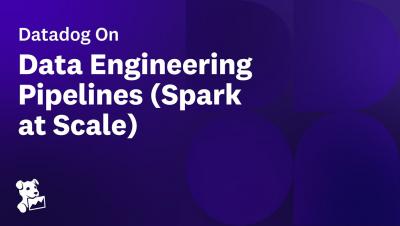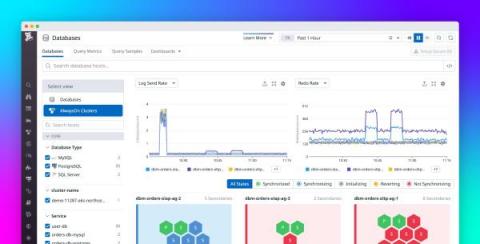Monitor your Azure Arc hybrid infrastructure with Datadog
In today’s modern digital environment, many organizations are architecting their infrastructure and services around a mix of cloud and on-prem solutions. Both cloud and private servers offer unique benefits, and taking a hybrid approach to infrastructure can allow businesses to better meet user demand on a global scale while expanding capabilities, minimizing risk, and keeping services consistent.











